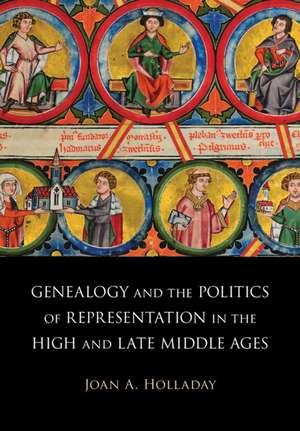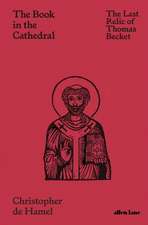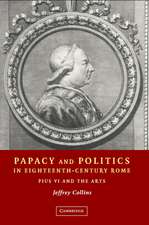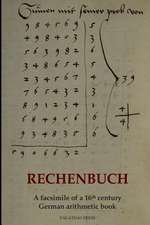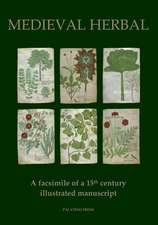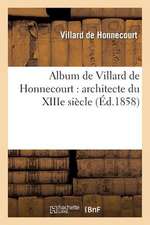Genealogy and the Politics of Representation in the High and Late Middle Ages
Autor Joan A. Holladayen Limba Engleză Hardback – 16 ian 2019
Preț: 806.86 lei
Preț vechi: 938.21 lei
-14% Nou
Puncte Express: 1210
Preț estimativ în valută:
154.39€ • 161.20$ • 127.78£
154.39€ • 161.20$ • 127.78£
Carte tipărită la comandă
Livrare economică 04-18 aprilie
Preluare comenzi: 021 569.72.76
Specificații
ISBN-13: 9781108470186
ISBN-10: 1108470181
Pagini: 406
Ilustrații: 143 b/w illus. 11 colour illus.
Dimensiuni: 186 x 261 x 23 mm
Greutate: 1 kg
Editura: Cambridge University Press
Colecția Cambridge University Press
Locul publicării:New York, United States
ISBN-10: 1108470181
Pagini: 406
Ilustrații: 143 b/w illus. 11 colour illus.
Dimensiuni: 186 x 261 x 23 mm
Greutate: 1 kg
Editura: Cambridge University Press
Colecția Cambridge University Press
Locul publicării:New York, United States
Cuprins
1. Rivalling/reviving Rome: environmental genealogies in palace halls; 2. Structuring the past: history and genealogy in thirteenth-century England; 3. Crowning the king: coronation rights at Cologne and Reims; 4. Advertizing allegiances: tombs and tomb cycles; 5. Flattering founders: genealogical imagery in cloister chronicles.
Recenzii
'The thesis of this work is that political positioning of medieval patrons, using both real and imagined lineages, was widespread … Recommended.' K. E. Staab, Choice
Notă biografică
Descriere
Appearing in all figural media from the mid-twelfth century, family trees and lineages made political claims for their patrons.
